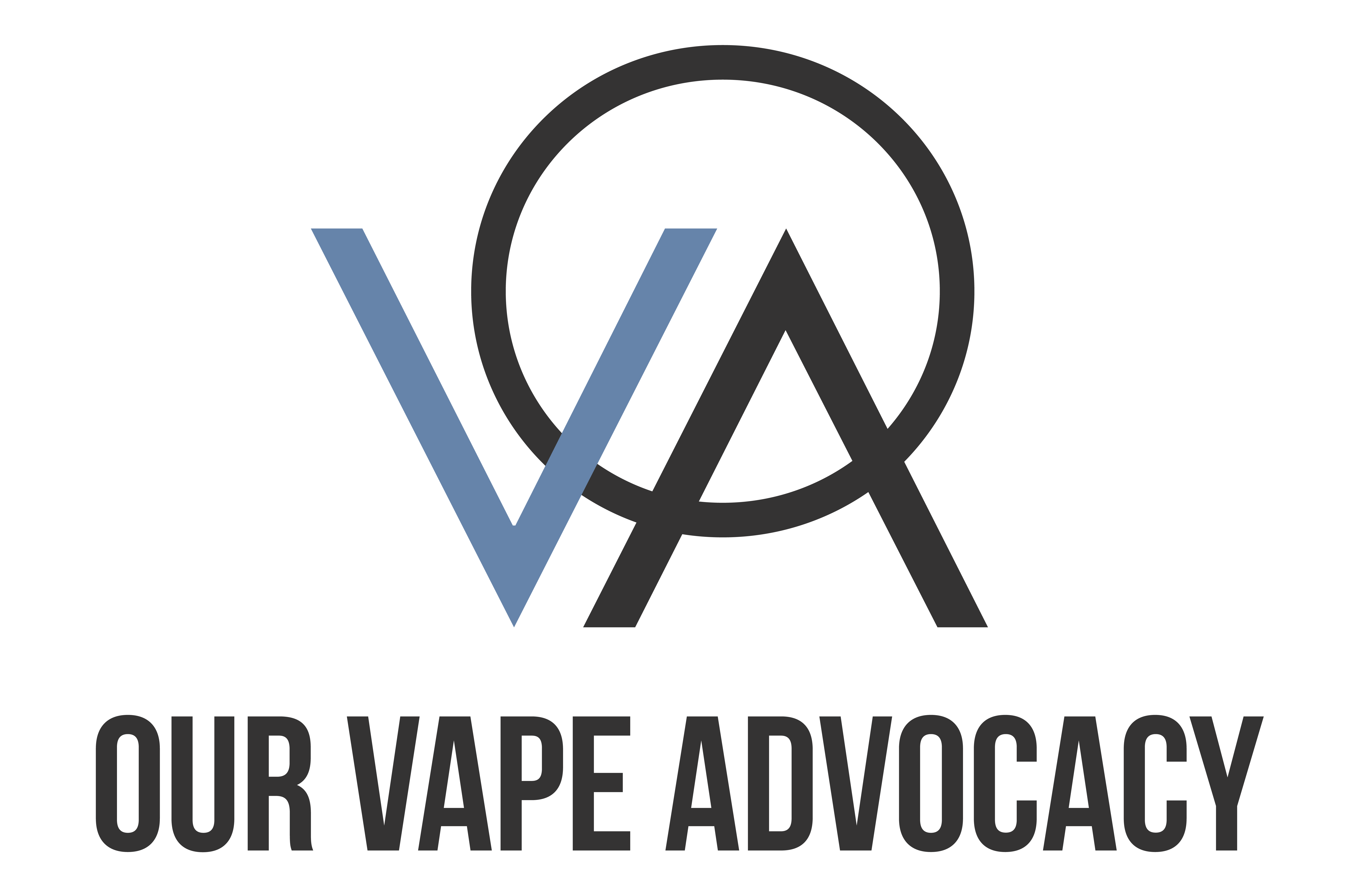Effective vape policy advocacy requires a multifaceted approach.
Engaging with communities, health organizations, and leveraging social media can build a stronger network.
Clear communication, supported by hard data, is critical in influencing policy.
Finally, keeping an eye on legislative changes ensures that efforts remain relevant and impactful.
Building a Strong Advocacy Network
Engaging with Local Communities
Awareness starts at the grassroots level. Engaging with local communities is essential to spreading knowledge about the benefits of vaping as a harm reduction tool. Hosting community events, such as informational sessions or local vaping forums, can help create dialogue and dispel myths. According to a survey by the UK Health Department, 67% of adults believe that vaping is as harmful as smoking. This indicates a significant need to educate the public and correct these misconceptions. Collaborate with local stores and vendors to distribute educational materials and organize workshops. Effective community engagement can lead to more informed citizens who may advocate for better regulations on their own.
Partnering with Health Organizations
Health organizations hold substantial influence in policy-making. Partnering with them can amplify advocacy efforts. Studies published in the British Medical Journal demonstrate that involving health professionals in public health campaigns significantly boosts credibility and outreach. Arrange roundtable discussions with health experts to tackle vaping-related issues. Share evidence-based research to build a common understanding and garner support.
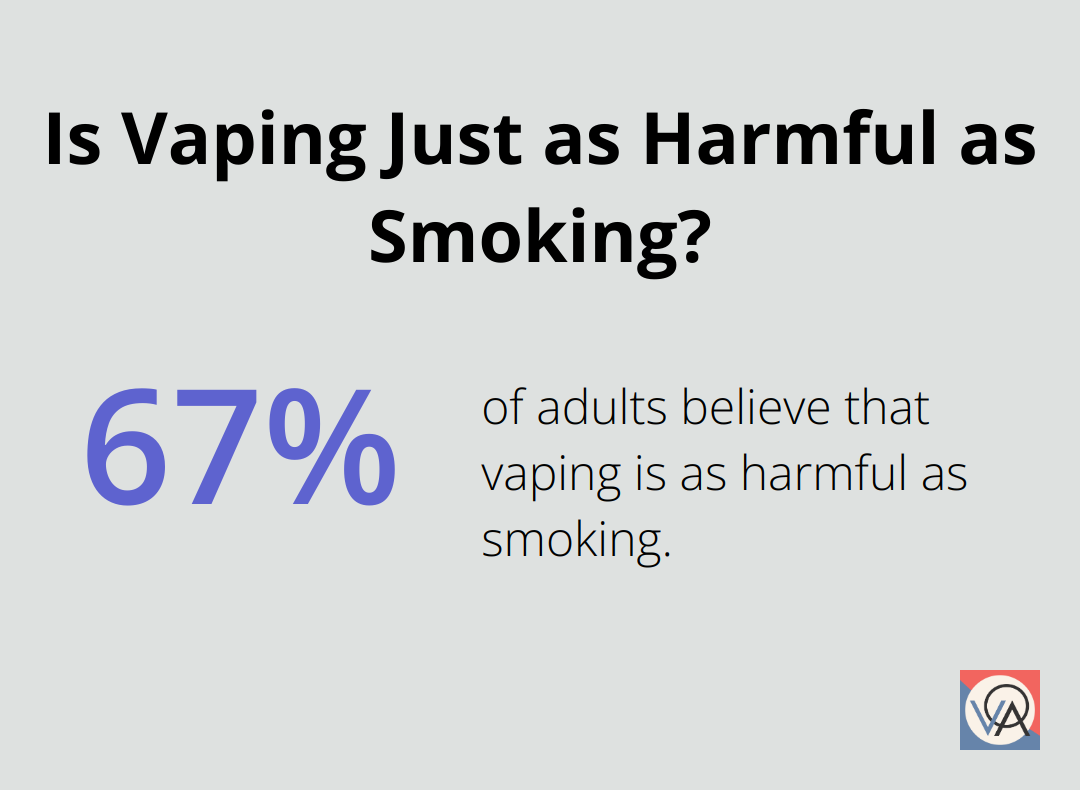
One successful initiative is the “Swap to Stop” scheme, which provides smokers with free vape kits and counseling. This program is endorsed by various health bodies, showcasing the power of collaboration. Engaging with organizations like the Royal College of Physicians or public health units can lend weight to the cause and help propagate vaping as a viable alternative to smoking.
Leveraging Social Media for Outreach
Social media platforms are invaluable tools for reaching a broad audience quickly. They offer real-time interaction and a way to disseminate information globally. According to Statista, as of January 2024, over 4.9 billion people use social media worldwide. Capitalize on this by creating engaging content that highlights the benefits of vaping, shares success stories, and debunks misconceptions.
Campaigns such as VApril have utilized social media to great effect. The campaign educates smokers on switching to vaping and runs interactive sessions online. Regular posts, live Q&A sessions with experts, and visually appealing infographics can help maintain audience engagement. Effective social media strategies also include using hashtags related to vaping advocacy and collaborating with influencers who have a significant following in the health sector.
For more on the impact of social media in advocacy, check out some research updates we have compiled. Utilizing these platforms not only raises awareness but also builds a community of informed individuals who can drive policy change.
Effective Communication Strategies
Crafting Clear Messages
To influence vape policy, crafting clear and persuasive messages is non-negotiable. Messages must be straightforward and free from jargon. When communicating with the public, it’s essential to emphasize vaping as a less harmful alternative to smoking. A report by Public Health England found vaping to be 95% less harmful than smoking traditional cigarettes. Highlighting this fact can shift perceptions and garner support. Aim for brevity and clarity in all communications. Ensure that key points are understandable at a glance, particularly when creating content for social media or press releases.
Utilizing Data and Statistics
Data and statistics lend credibility to advocacy efforts. It’s imperative to leverage reliable studies and reports to back up claims. For instance, according to the Cochrane Review, vaping is almost twice as effective as nicotine replacement therapy for smoking cessation. Whenever possible, use infographics to visualize data, making it easier for audiences to grasp complex information quickly. Data should not only be included in traditional media but also on platforms like Twitter and Instagram where visual engagement is high.
Engaging Policy Makers and Influencers
Direct engagement with policymakers and influencers can significantly boost advocacy efforts. Policymakers rely on concise, factual briefs to inform their decisions. Presenting them with well-researched documents containing clear data and evidence of vaping’s benefits can steer policy in the right direction. Influencers in the health sector, such as respected doctors and health bloggers, can help spread the message. Arranging meetings or roundtable discussions with influential figures can amplify the reach and impact of advocacy efforts. For instance, the World Research page provides extensive data that can be included in discussions or presentations.
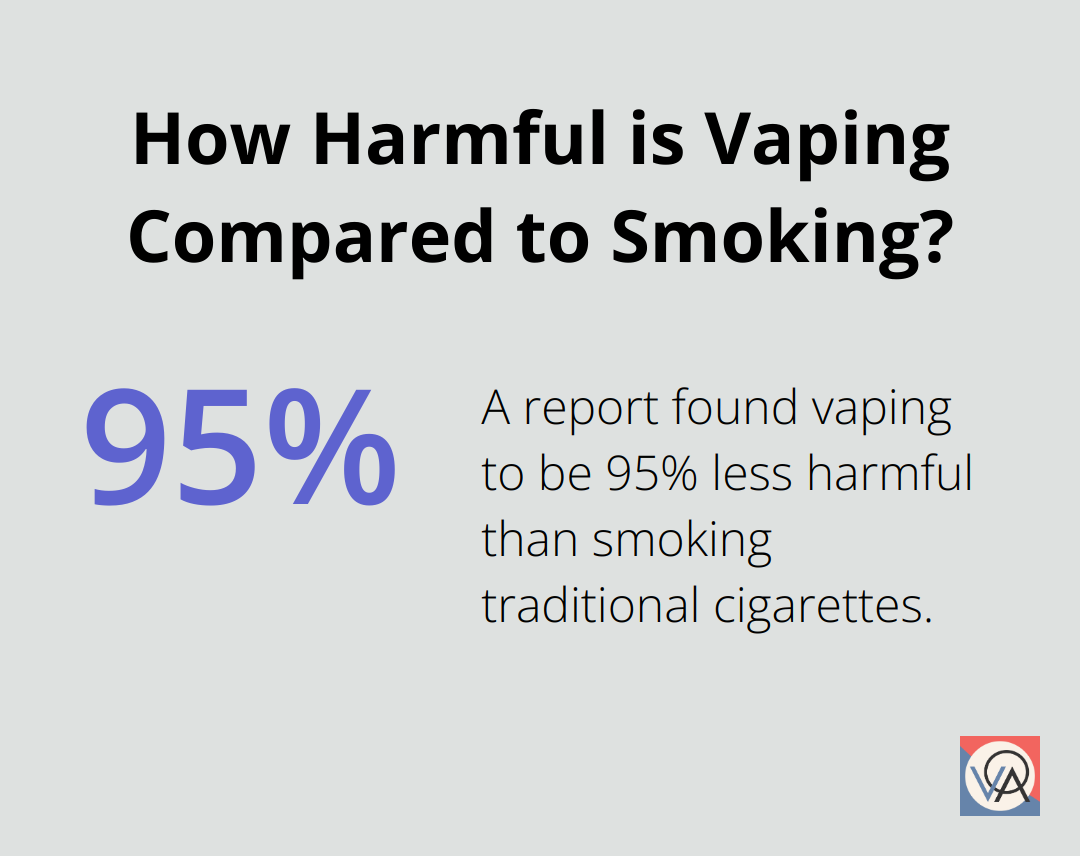
Consistency in communication ensures that the message stays strong and unambiguous. Engaging regularly with these stakeholders, updating them on new findings and developments, keeps the cause at the forefront of policy discussions.
How to Monitor and Respond to Policy Changes
Staying Informed on Legislative Developments
Legislative changes can have a significant impact on vaping advocacy. To stay ahead, it’s essential to regularly monitor government websites and news sources for updates on vaping-related laws. The UK Parliament website provides detailed information on bills and discussions. Subscribing to newsletters from relevant government bodies and advocacy groups can also keep you informed.
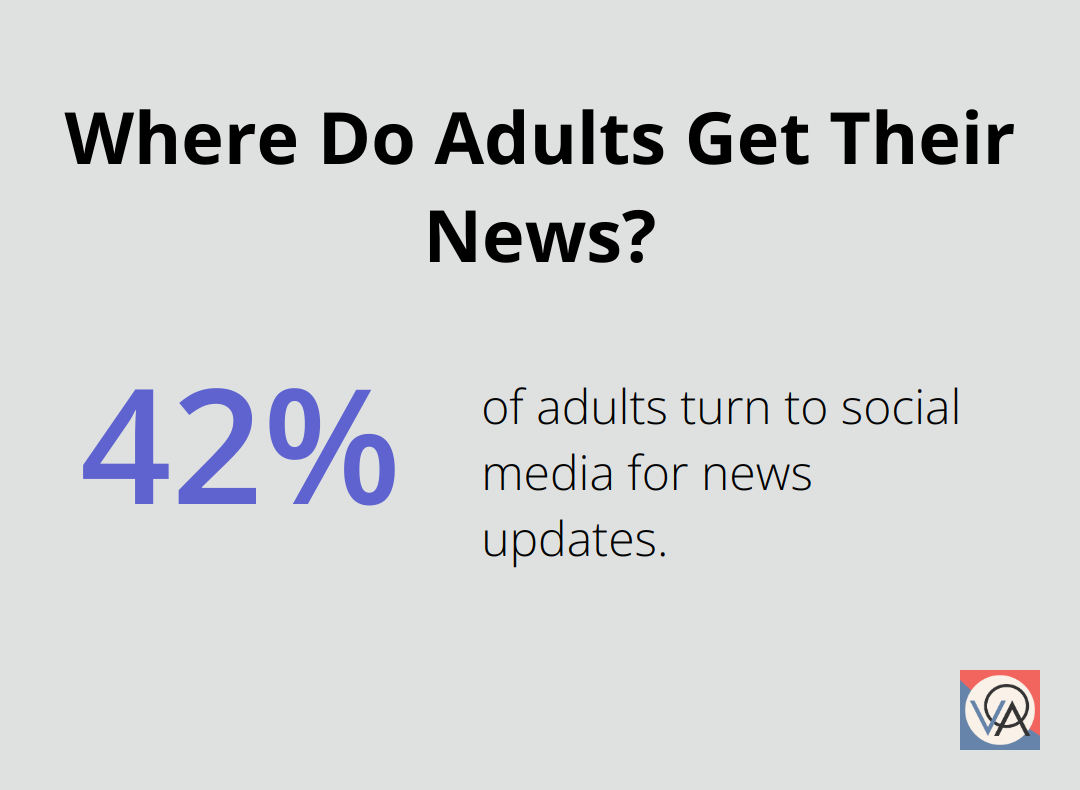
Tracking regional activities is equally important. Health policies often vary across the UK, so understanding local legislative nuances can help tailor advocacy efforts effectively. Attending local council meetings and engaging with local MPs can provide valuable insights and direct access to upcoming legislative changes.
Quick Response to Regulatory Changes
When new regulations are introduced, timing is crucial. Rapid response ensures that the perspective of vaping advocates is included in the initial public discourse. Issue press releases and social media updates to share your stance on the new regulations.
Mobilize your network quickly. Informing partners, community members, and health organizations about regulatory changes can prompt collective action. For instance, when the UK government proposed a ban on disposable vapes, advocacy groups swiftly coordinated a response to highlight both the environmental concerns and the need for sustainable alternatives.
Leverage platforms like webinars and community meetings to discuss the implications of new regulations. Engaging in open dialogues can help clarify doubts and solidify a coordinated response.
Educating the Public on New Policies
Public awareness campaigns are essential following any change in vaping regulations. Misunderstandings can spread quickly, leading to confusion and backlash. Using multiple channels to disseminate clear information helps prevent this.
Social media, local newspapers, and community events are effective means of communication. Craft simple, straightforward messages that explain the specifics of the new policies and their potential impact. For example, Statista reported that 42% of adults turn to social media for news updates. Using this platform can significantly broaden your reach.
Partner with local vaping shops and health organizations to distribute educational materials. Workshops and webinars that focus on the details of new policies can provide a platform for addressing concerns and questions from the public. Collaborating with respected health professionals adds credibility to the information provided.
Engagement and education are key to ensuring that new policies are understood and accepted by the public. Keep the conversations going and remain available to address any ongoing concerns.
For further reading on the impact of recent vaping regulations, check out our detailed research news.
Conclusion
Effective vape policy advocacy demands a well-rounded approach, involving community engagement, partnerships with health organizations, and strategic use of social media. Clear communication backed by robust data is paramount in shaping public opinion and influencing policy. Monitoring legislative changes and responding swiftly ensures that advocacy efforts remain relevant and impactful.
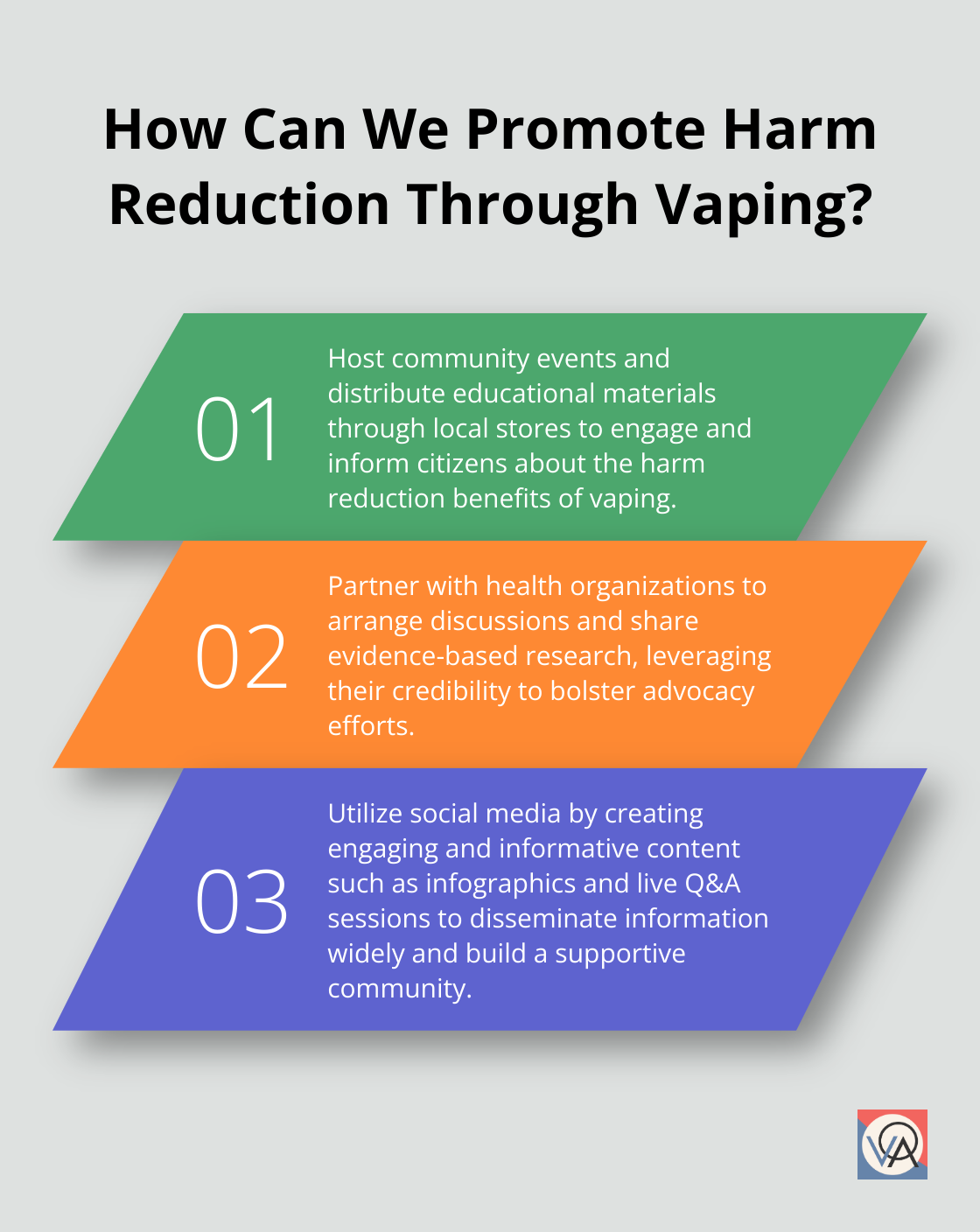
The importance of continued advocacy cannot be overstated. Ensuring that vaping is recognized as a less harmful alternative to smoking hinges on persistent, informed efforts. Misinformation must be countered with facts, and the public should be educated on the benefits and safety of vaping through ongoing campaigns and initiatives.
It’s essential for everyone involved in vape advocacy to stay informed and active. Regular updates from reliable sources, such as government websites and health organizations, are crucial. Engaging with local communities and policymakers keeps the dialogue ongoing and ensures that vaping issues are addressed promptly and effectively.
We at Our Vape Advocacy are committed to shaping a sustainable UK vape industry. By uniting the sector to tackle legislative threats and promote responsible business practices, we aim to advance public health and protect vape businesses. For more information on our efforts and to stay updated, visit Our Vape Advocacy.
In sum, the path to sensible vape regulations and widespread acceptance of vaping as a harm reduction tool is paved with continued advocacy and education. Staying informed, engaging with stakeholders, and leveraging every opportunity to share accurate information will drive positive change in vaping policies.
